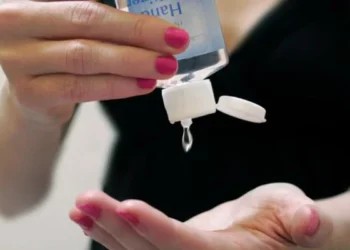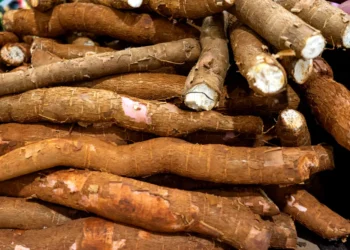ECHA’s ethanol carcinogen proposal ignites fears across Europe’s hygiene aisles, as the European Chemicals Agency floats a bombshell reclassification that could upend the everyday arsenal of hand sanitisers and disinfectants relied on by millions to fend off germs.
In an internal draft leaked to industry insiders, ECHA scientists argue ethanol – the clear, potent alcohol powering everything from hospital scrubs to kitchen wipes – should earn a dreaded carcinogen label, thanks to its sneaky breakdown into acetaldehyde, a known troublemaker tied to cancers and fertility woes.
Set for a tense debate at the agency’s Risk Assessment Committee meeting November 24-27, the move whispers of mandatory swaps for safer solvents or frantic exemption hunts, potentially jacking up costs and crimping infection defences in a world still scarred by pandemics.
The nitty-gritty? Ethanol, that humble hero distilled from sugarcane or grains, gets metabolised into acetaldehyde by our livers – a fact long flagged by boozers’ health warnings. But ECHA’s push zooms in on topical exposure: splashes on skin during sanitising rituals that might seep in over time, especially for frontline nurses or harried parents.
“We’re not demonising a drop in your drink; we’re safeguarding chronic contact in high-stakes settings,” explained Dr Lena Vogel, a lead toxicologist on the panel, in a hushed briefing to REACH stakeholders.
The proposal invokes the CLP Regulation, eyeing a Category 1B carcinogen tag – same league as tobacco smoke – plus reproductive toxicity nods, drawing from rodent studies where acetaldehyde spiked tumour risks.
If greenlit, labels would scream warnings, and manufacturers from Unilever to Reckitt Benckiser could face reformulation headaches, with exemptions only for “essential uses” like medical-grade gels.
Pushback’s roaring louder than a crowded ICU. The European Hand Hygiene Alliance, a coalition of docs and public health vets, slammed it as “overreach rooted in barstool science.” “This evidence cherry-picks swigging studies, ignoring decades of safe dermal data,” fired Alliance chair Prof. Maria Santos from Lisbon’s hygiene labs.
Topical ethanol, they counter, evaporates fast – barely a whisper absorbed – and has saved an estimated 2.5 million lives yearly via infection curbs, per WHO tallies from COVID’s grim ledger. Industry heavyweights like the European Cleaning Products Industry echo the chorus: “Picture hospitals rationing wipes or homes skipping sprays amid flu season – that’s the real hazard.”
A quick poll by Chemical Watch showed 68% of EU firms bracing for price hikes of 15-20% if swaps to pricier alternatives like isopropyl alcohol flop. This isn’t ECHA’s first tango with alcohols; back in 2019, they nudged similar scrutiny on methanol, but ethanol’s ubiquity – in 80% of EU sanitisers – amps the stakes.
Small-batch makers in Poland’s chemical clusters fret over artisan lines folding, while green chemists hail it as a nudge toward bio-based innovators. “It’s a wake-up to rethink reliance on fossil-derived fixes,” noted ecotoxicologist Jonas Berg from Sweden’s Karolinska Institute, floating enzyme tweaks to block acetaldehyde formation.
As November’s gavel looms, the proposal hangs like a fog over Europe’s $12 billion hygiene market. Will it force a pivot to tomorrow’s tech or fizzle under scrutiny? For now, it’s a stark reminder: even the sanitisers slaying superbugs might harbour hidden daggers. Grab that bottle tight – change could be just a classification away.















